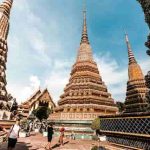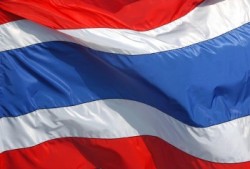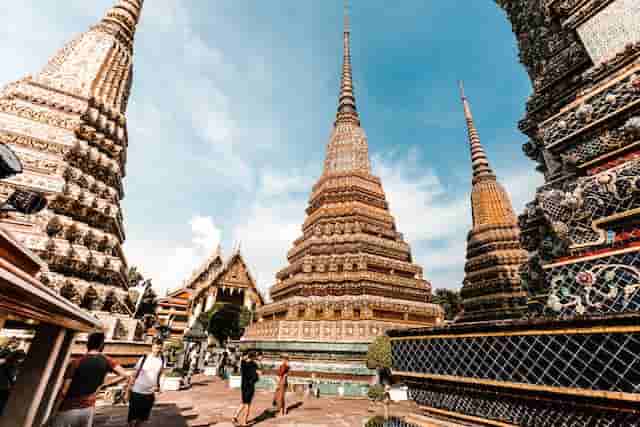Sharing a border with Laos along the Mekong River, Loei province has more in common with northern Thailand than with the rest of Isan. In fact, it’s often called “the Mae Hong Son of the northeast.” Loei is becoming known for eco-tourism, nestled among rolling mountains with rich flora and misty peaks. The standout mountains include Phu Kradueng, Phu Luang, and Phu Ruea. See also the Sakon Nakhon province on here as well.
Loei
Despite its wealth of outdoor activities and cultural attractions, tourism is still new here, leaving much of the area untouched. At Phu Kradung, visitors can catch stunning sunrises and panoramic views from the Pha Nok Ann viewpoint. Heather flowers dot the trails, blooming best from March to April. For sunset views, Pha Lomsak is the go-to spot. There are also trails leading to Anodard Pond, Phen Waterfall, and Pha Yearb Mek. It’s easy to spend three days exploring all the attractions here. Likewise also see Thai Immigration in Loei if you wish to extend you retirement visa.
Phu Ruea National Park offers another option. Situated amidst vast pine tree fields, this national park is less challenging than Phu Kradueng, as you can drive to the campsite. It’s named after a distinctive sail-shaped cliff within the park. Loei itself sits in a basin surrounded by fog-covered mountains and lush flora. The Loei River, a tributary of the Mekong, marks its northern border with Laos. Phu Thap Buek, the tallest mountain in the Phetchabun Range, is also found here. The province’s history traces back to the Thai tribe from the Kingdom of Yonok Chiang Saen, with villages like Dan-kwa and Dan Sai eventually evolving into present-day Loei due to drought and disease.
Lastly also see the Thai Immigration in Nakhon Phanom as well as the Amphur in Khon Kaen as well as the Thai Immigration in Ranong on this website.



